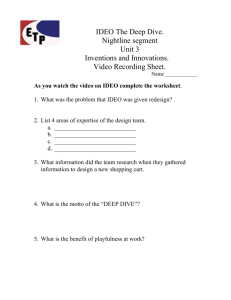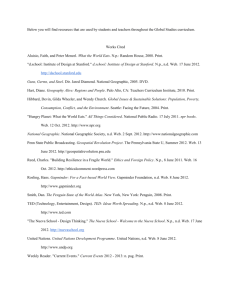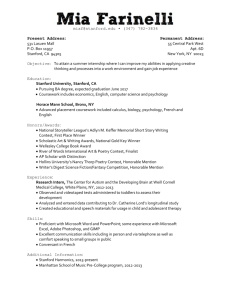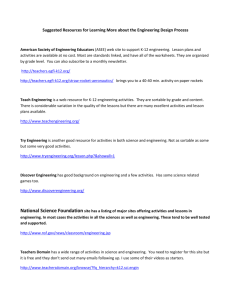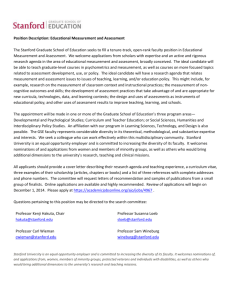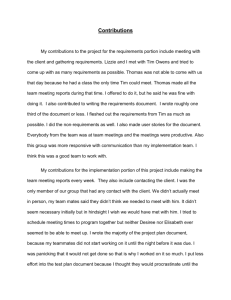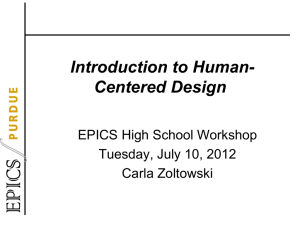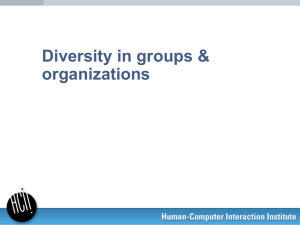Design Thinking resources
advertisement
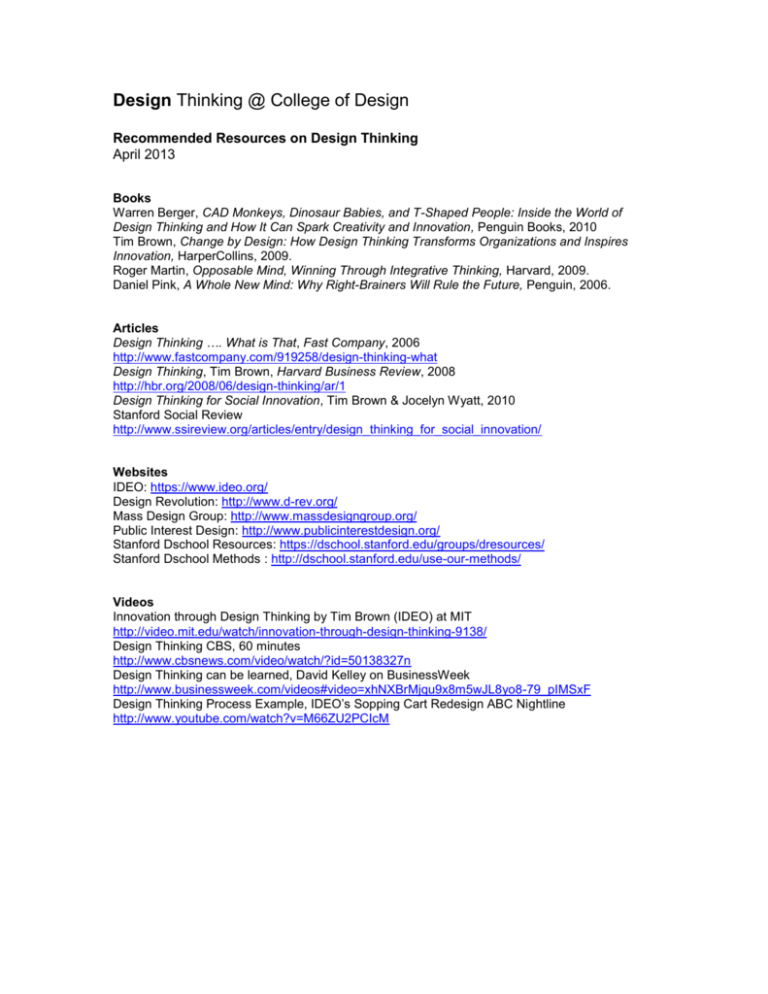
Design Thinking @ College of Design Recommended Resources on Design Thinking April 2013 Books Warren Berger, CAD Monkeys, Dinosaur Babies, and T-Shaped People: Inside the World of Design Thinking and How It Can Spark Creativity and Innovation, Penguin Books, 2010 Tim Brown, Change by Design: How Design Thinking Transforms Organizations and Inspires Innovation, HarperCollins, 2009. Roger Martin, Opposable Mind, Winning Through Integrative Thinking, Harvard, 2009. Daniel Pink, A Whole New Mind: Why Right-Brainers Will Rule the Future, Penguin, 2006. Articles Design Thinking …. What is That, Fast Company, 2006 http://www.fastcompany.com/919258/design-thinking-what Design Thinking, Tim Brown, Harvard Business Review, 2008 http://hbr.org/2008/06/design-thinking/ar/1 Design Thinking for Social Innovation, Tim Brown & Jocelyn Wyatt, 2010 Stanford Social Review http://www.ssireview.org/articles/entry/design_thinking_for_social_innovation/ Websites IDEO: https://www.ideo.org/ Design Revolution: http://www.d-rev.org/ Mass Design Group: http://www.massdesigngroup.org/ Public Interest Design: http://www.publicinterestdesign.org/ Stanford Dschool Resources: https://dschool.stanford.edu/groups/dresources/ Stanford Dschool Methods : http://dschool.stanford.edu/use-our-methods/ Videos Innovation through Design Thinking by Tim Brown (IDEO) at MIT http://video.mit.edu/watch/innovation-through-design-thinking-9138/ Design Thinking CBS, 60 minutes http://www.cbsnews.com/video/watch/?id=50138327n Design Thinking can be learned, David Kelley on BusinessWeek http://www.businessweek.com/videos#video=xhNXBrMjqu9x8m5wJL8yo8-79_pIMSxF Design Thinking Process Example, IDEO’s Sopping Cart Redesign ABC Nightline http://www.youtube.com/watch?v=M66ZU2PCIcM Selected Definitions on Design, Design Thinking and Design Process What is Design? Design involves a range of human activities involving planning, organizing, and envisioning something that doesn’t yet exist. Underlying almost everything we employ in our daily lives, from the attire we wear to the furniture we use to the fixtures we operate, design obviously plays a key role, but we rarely apply the word “design” to non-physical things, to systems, organizations, operations, conceptions, and methods, even though they, too, have been designed, sometimes very badly. (Designing to Avoid Disaster, The Nature of Fracture-Critical Design, Thomas Fisher, Routledge, 2012, p. 150) What is Design Thinking? Design Thinking is an emerging field, rooted in the tools and processes used traditionally by design disciplines (architecture, landscape architecture, graphic design, interior design, and others). It is a catalyst in creating innovative solutions to address complex, systemic problems that affect our global society in these times of rapid change. (College of Design, University of Minnesota) Design thinking involves practical imagination to conceive of new and better ways of doing something. It uses both the left and right sides of the brain to see the world as not just the result of logical, rational decision-making, but as also an emotional and deeply cultural response to reality. Most changes occur as piecemeal reactions to problems, while design thinking helps us understand the whole and how the parts fit together. What is the Design Process? The design process involves a rigorous process of envisioning the world as it could be and then figuring out how to create it. To do this, designers often use analogies and metaphors to imagine something new by likening it to what we know from the past and present, involving a lateral, expansive, speculative, iterative, and skeptical form of thinking that can handle high levels of ambiguity and uncertainty and that uses analogies to look for something new based on its similarities with what we already know.

